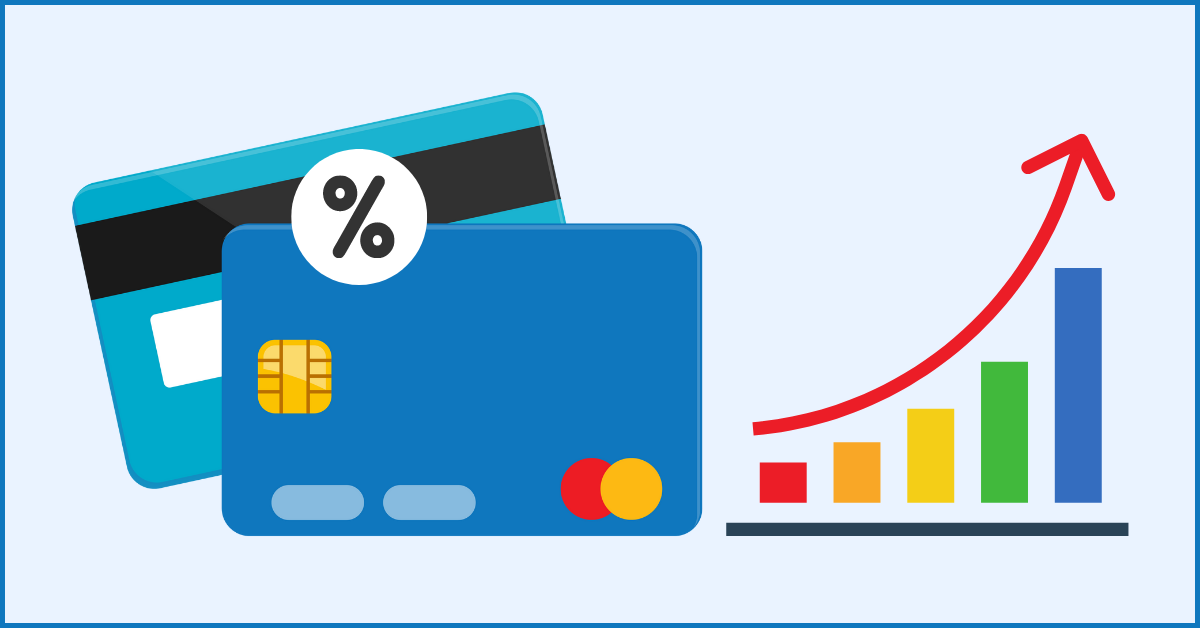Credit cards offer convenience and flexibility for managing personal finances, but they often come with complex interest rates and fees that can impact your financial health if not managed carefully. Understanding these charges is crucial for making informed decisions and using credit cards to your advantage.
Interest Rates: The Basics
Interest rates on credit cards are usually expressed as an Annual Percentage Rate (APR). This figure represents the annual cost of borrowing money on your card, including interest and fees. Credit card issuers often offer different APRs based on the type of transaction: purchases, balance transfers, and cash advances.
- Purchase APR: This is the interest rate applied to everyday purchases. Many cards offer a grace period, meaning you won’t incur interest charges if you pay your balance in full each month by the due date.
- Balance Transfer APR: When you move debt from one card to another, the balance transfer APR applies. Some cards offer promotional rates for balance transfers, which can be a useful tool for paying down existing debt at a lower interest rate.
- Cash Advance APR: This rate is typically higher than the purchase APR and applies when you withdraw cash using your credit card. Additionally, cash advances often come with no grace period, meaning interest starts accruing immediately.
Types of Fees
Credit card fees can vary widely between issuers and can add up quickly if you’re not careful. Common fees include:
- Annual Fee: Some credit cards charge an annual fee for the benefits and rewards they offer. While not all cards have this fee, those that do often provide perks like travel rewards or cash back that can offset the cost.
- Late Payment Fee: Missing a payment or not paying the minimum amount due can result in a late payment fee. This fee can also lead to an increase in your interest rate, known as a penalty APR.
- Balance Transfer Fee: When transferring a balance from one card to another, a fee is often charged, usually a percentage of the amount transferred. This fee can be worth paying if the new card offers a significantly lower interest rate.
- Foreign Transaction Fee: If you use your credit card outside your home country, this fee may apply to each transaction made in a foreign currency. Some cards, especially those designed for travelers, waive this fee.
- Over-the-Limit Fee: Although less common due to regulations, some cards charge a fee if you exceed your credit limit.
Managing Your Credit Card Costs
To minimize the cost of using credit cards, consider the following tips:
- Pay Your Balance in Full: To avoid interest charges, pay off your balance in full each month. If that’s not possible, aim to pay more than the minimum payment to reduce interest costs over time.
- Understand Promotional Offers: Be clear on the terms of any introductory APR offers, including when the promotional period ends and what the standard APR will be afterward.
- Set Up Alerts: Many credit card issuers offer free alerts for due dates and balance limits. Utilize these tools to avoid late payments and over-limit fees.
- Shop Around: Compare cards to find ones with the lowest fees and best terms for your spending habits. Websites, financial institutions, and credit unions offer tools to help you compare rates and benefits.
By understanding how credit card interest rates and fees work, you can make more informed financial decisions and avoid unnecessary costs. Properly managed, credit cards can be a valuable tool for building credit and managing cash flow.
